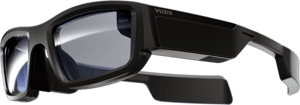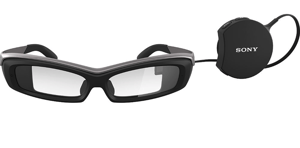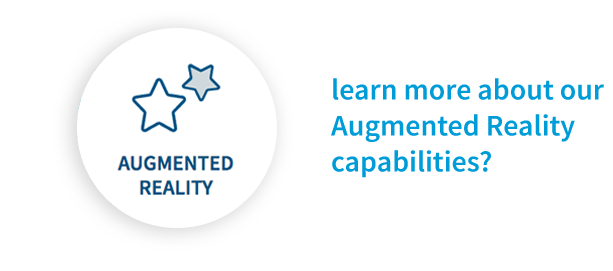AR Wearables Today

In our Business Applications of Augmented Reality (AR) whitepaper, we wrote about the roadblocks to getting consumers to get excited about augmented reality wearables:
It’s hard to pinpoint exactly when Google Glass passed the point of no return on the path to becoming tragically uncool. It may have been the unsuccessful marketing strategy or the lack of practical uses. It may have been unease at being around someone recording your every word. Whatever it was, Glass got off the ground with consumers.

As Proto Labs, an industrial manufacturer points out, “It is dramatically easier to find business uses for AR than consumer ones. People don’t really need to see menus or apartment listings or ads as they walk down a city street.”
Although products like Glass have indeed found their niche in some specialized applications, their lack of mainstream commercial success has resulted in companies not investing in what may be legitimate business uses for the technology.
A few generations after Google Glass, a few generations of wearables have come to market, each with its pros and cons, and each sleeker and more useful than the last. Here are 6 AR-wearables to look out for:
Vuzix Blade AR [Augmented Reality Glasses]
Target Industries: Manufacturing, Swimming, Sports
With use cases ranging from smart swim goggles to construction, Vuzix glasses are built for real people operating in the real world. "This is fashion brought to you by the very best smart glass engineers in the world," quipped Vuzix COO Paul Boris to Wearable, "We can put those guts into any form factor, generally speaking, and if someone in that space said lets team up, and some of those conversations are starting now, why not?"

Solos Smart Glasses
Target Industry: Cycling
As both eye protection and onboard computers have been a cornerstone in cyclists’ training programs for years, wearables are a natural fit. Designed for cyclists, Solos Smart Glasses provides real-time data on feedback from heart rate to speed, power, and cadence.

Sony SmartEyeglass
Target Industry: Developers

Sony’s developer-friendly smart wearables program, a regular at CES, is ready for use across a variety of industries. Developers have access to robust documentation and a comprehensive trial program. Consisting of an optical engine, a holographic waveguide, an integrated camera, an accelerometer, a gyroscope, and ambient light sensors, it’s a nice set of hardware that gives developers a lot of room to develop across a practical range of use cases.
Read more:




